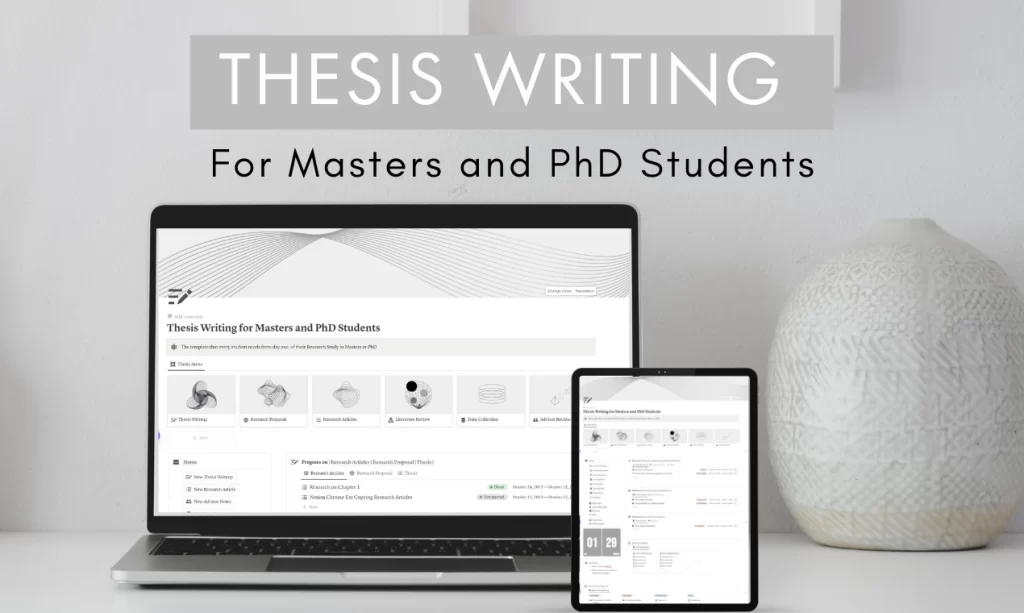Pharmaceutical is one of the biggest industries in the US. The industry is characterized by excessively high-profit margins, and profitability exceeding costs. These are also some of the richest companies in the world with most of them having production set ups in many other countries and having strong distribution channels that completely cover the globe. Porter Five Forces Model can be used to look at the competitive arena of this industry and how the various forces can impact the industry structure and the profit margins of the companies in the industry.
Following is a detailed Porter Five Forces Model Analysis of pharmaceutical industry of US:
Competitive Rivalry – High
The pharmaceutical industry is one of the most competitive industries in the world. Most of the players in the industry have been here for a long time and are well recognized globally. The profit margins are high, there are a large number of small and large sized player, and strict government regulations make it a very competitive industry. There is no room for making errors. Another reason is the recent trend of mergers and acquisitions where large industries have absorbed the smaller players. Technological advancements in biotech and generics have further increased the competition as companies no option other than to adopt the new technologies. Thus, there is a constant pressure to innovate. Some of the major competitors are Sanofi, Pfizer, GlaxoSmithKline, Merck, and AstraZeneca. Thus, the overall competitive rivalry in the US pharmaceutical industry is high.
Threat of New Entrants – Low
The threat of new entrants is low for the US pharmaceutical industry. There are extensive costs associated with establishing a manufacturing set up, research and development, marketing sales, and distribution. There is also a high risk of no return on investment if a company fails to produce the required new drugs on time, causing losses in millions (Sands, 2013). The existing players have developed economies of scale, leading to increased profits. Another reason is the lengthy process of approval from regulatory authorities. Established brands and product differentiation are also a cause of the low entry threat of new entrants. A new entrant will also have a tough time getting access to distribution channels. Most buyers go for drug brands they have already tried. So, a new entrant will have a tough time grabbing market share. Another reason is that most drugs are patented so new entrant will have to start from scratch. Thus, the threat of new entrants is low.
Bargaining Power of Suppliers – Low
The US pharmaceutical industry only requires the raw material for the drugs as the drugs are manufactured in house. The second requirement is technology for the manufacturing and production plants. The third element the suppliers provide is the packaging material (Gaudi, 2013). All of these are supplies that a number of suppliers are willing to provide. Thus, they are in no position to bargain or attempt to influence the market prices. Some of the suppliers include BASF Corporation, Nexeo Solutions, and Wako Chemicals (Pharmaceutical Resource Directory, 2017). Thus, the suppliers in the pharmaceutical industry in the US have very low bargaining power.
Bargaining Power of Buyers – Medium
Patents of new drugs last for twenty years, allowing the manufacturer to dictate the prices for this time period. After which, generic production begins and prices become more competitive. Similarly, large customers such as hospitals do possess a certain bargaining power but individual customers have very little to none. Another factor is the brand name. That further reduces the bargaining power of the buyers. Buyers today have access to the internet which allows them to further do research on drugs in addition to the prescription of their doctors, giving them more bargaining power. Thus, overall the bargaining power of the buyers or customers is medium.
Threat of Substitutes – Medium / Low
If the drug is still in its patent period, there is no substitute for that drug. However, once the patent period expires, its generic production begins and a number of substitutes develop. The second threat is alternative medicines and treatments to these drugs. This is more common in the eastern nations. These include yoga, meditation, and various other therapies. Also, homeopathic and herbal treatments are a substitute for drugs made by pharmaceutical industries. Promotion of a healthier lifestyle such as balanced diet, exercise, and other physical activities are substitutes to many drugs. Thus, the threat of substitutes is from low to medium.
References
Gaudi, L., 2013. Porter’s five force pharmaceutical industry analysis. [Online] Available at: https://prezi.com/omuyw9ttmkrs/porters-five-force-pharmaceutical-industry-analysis/ [Accessed 13 June 2017].
Pharmaceutical Resource Directory, 2017. Pharmaceutical Resource Directory. [Online] Available at: http://www.pharmamanufacturingdirectory.com/category/chemicals-raw-materials/ascorbic-acid [Accessed 13 June 2017].
Sands, R., 2013. Porters 5 Forces – Pharmaceutical Industry. [Online] Available at: https://prezi.com/h5l8wrg2f6rr/porters-5-forces-pharmaceutical-industry/ [Accessed 14 June 2017].

